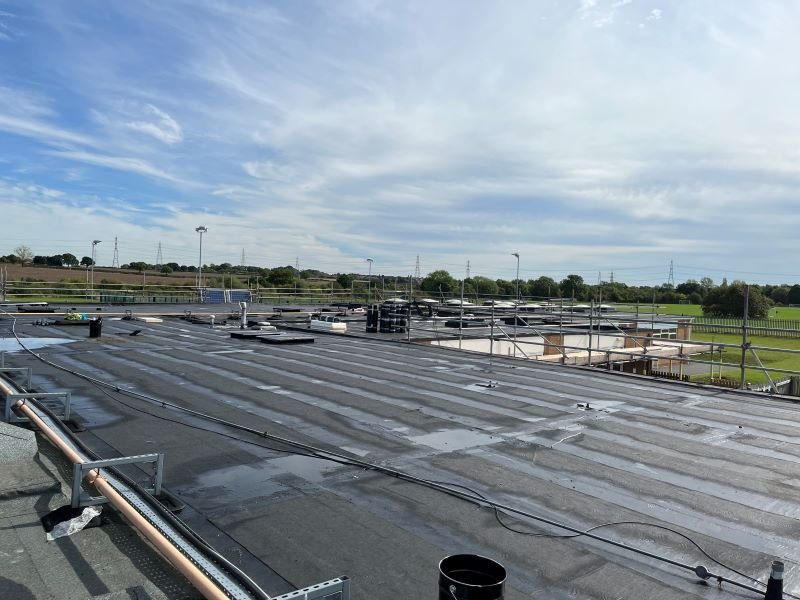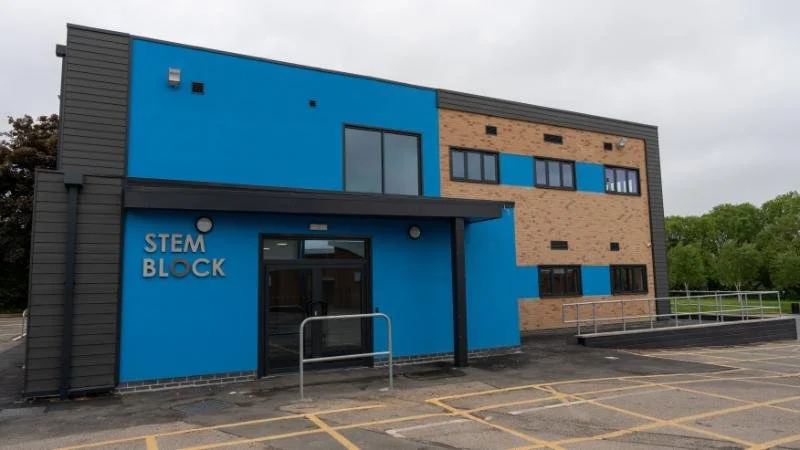Urgent deadline to identify RAAC danger
Schools have been given an urgent deadline to tell the Government if they have potentially dangerous RAAC on their estate.
RAAC (Reinforced Autoclaved Aerated Concrete) is a lightweight, bubbly form of concrete that was often used in schools and colleges from the 1950s to the mid 1990s. It is usually found in roofs and occasionally in walls and floors.
The problem is that it is weaker than traditional concrete and poses risks that could have serious consequences – in 2018 a roof gave way at Singlewell Primary School in Gravesend, Kent, damaging the staff room, toilets, ICT equipment and an administration area. Signs of structural stress only appeared 24 hours before.
Not all defects are visible
However, the Department for Education does not have accurate data on the extent of the risk. Not all defects are visible: some panels apparently in good condition could conceal hidden defects.
On the other hand, while some buildings with RAAC may need complete reconstruction, information for schools and academies applying for grants in the latest round of Condition Improvement Funding (CIF) says that “not all RAAC is dangerous”.
Of the 1,129 academies, sixth-form colleges and voluntary aided schools allocated funds in last year’s CIF round, only six specifically mentioned RAAC removal but four of these cases were described as “urgent.”
RAAC Survey
To assess the situation the Government has updated its guidance on RAAC and asked schools to report back by 28 February as to whether they have RAAC on their premises.
Qualified chartered surveyors such as Surveyors to Education (S2e) can carry out an initial RAAC Survey to identify if schools have the risky material, and if so then conduct a comprehensive survey on how to tackle it.
One option may be applying for CIF funding for remedial work.
The new guidance on what academy trusts and school leaders should do, presents a 5-stage approach to identifying and managing RAAC:
Information collection
Initial assessment
Appoint a specialist engineer
Detailed assessment
Management and remediation strategy.
How to identify RAAC
The terms “RAAC” and “Reinforced Autoclave Aerated Concrete” may be found in original designs and drawings for the construction of 1950s, 1960s, 1970s, 1980s and 1990s buildings. Schools may also carry out a visual inspection of their roofs, but a professional inspection and assessment is advisable.
RAAC has an open texture with open-sided bubbles often visible. The surface is slightly crumbly when touched and easy to gouge with a screwdriver. If the concrete has been heavily painted or coated, however, it may be harder to identify.
Qualified specialist
Schools and academies should provide information about RAAC in their estates “as soon as you are able and ideally before 28 February 2023”, the new guidance says.
The Gov.uk website spell out: “All buildings constructed or modified between the 1950s and mid-1990s should be investigated to establish if they contain RAAC panels. RAAC panels should be identified and investigated by a suitably qualified specialist and a suitable management plan should be developed.”
S2e’s team of qualified chartered surveyors are ready to help school leaders take the first step towards identifying potential risks from RAAC on their estate.
We will also be able to assist schools and academy trusts in putting together the strongest possible case for CIF funding if appropriate.
Contact us today about RAAC surveying to meet the 28 February deadline and help protect staff and students from harm. Contact us on tel: 0116 5070130 or email enquire@s2e.org.uk.









